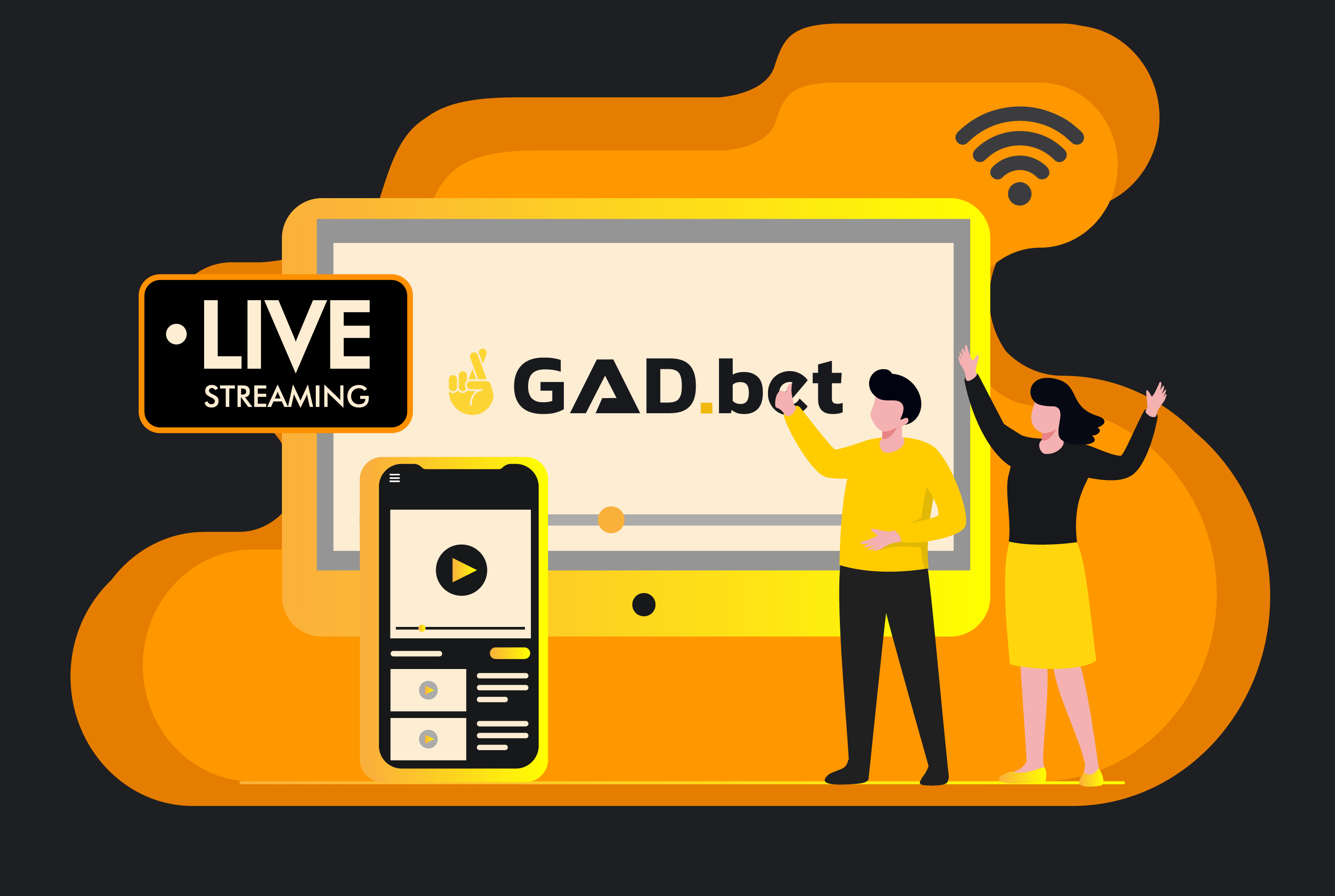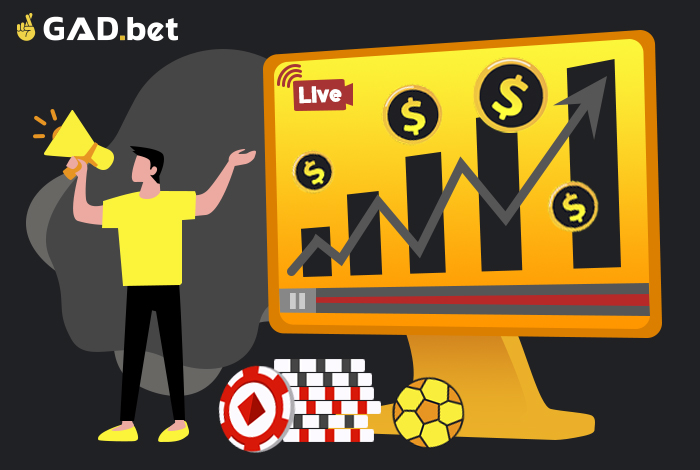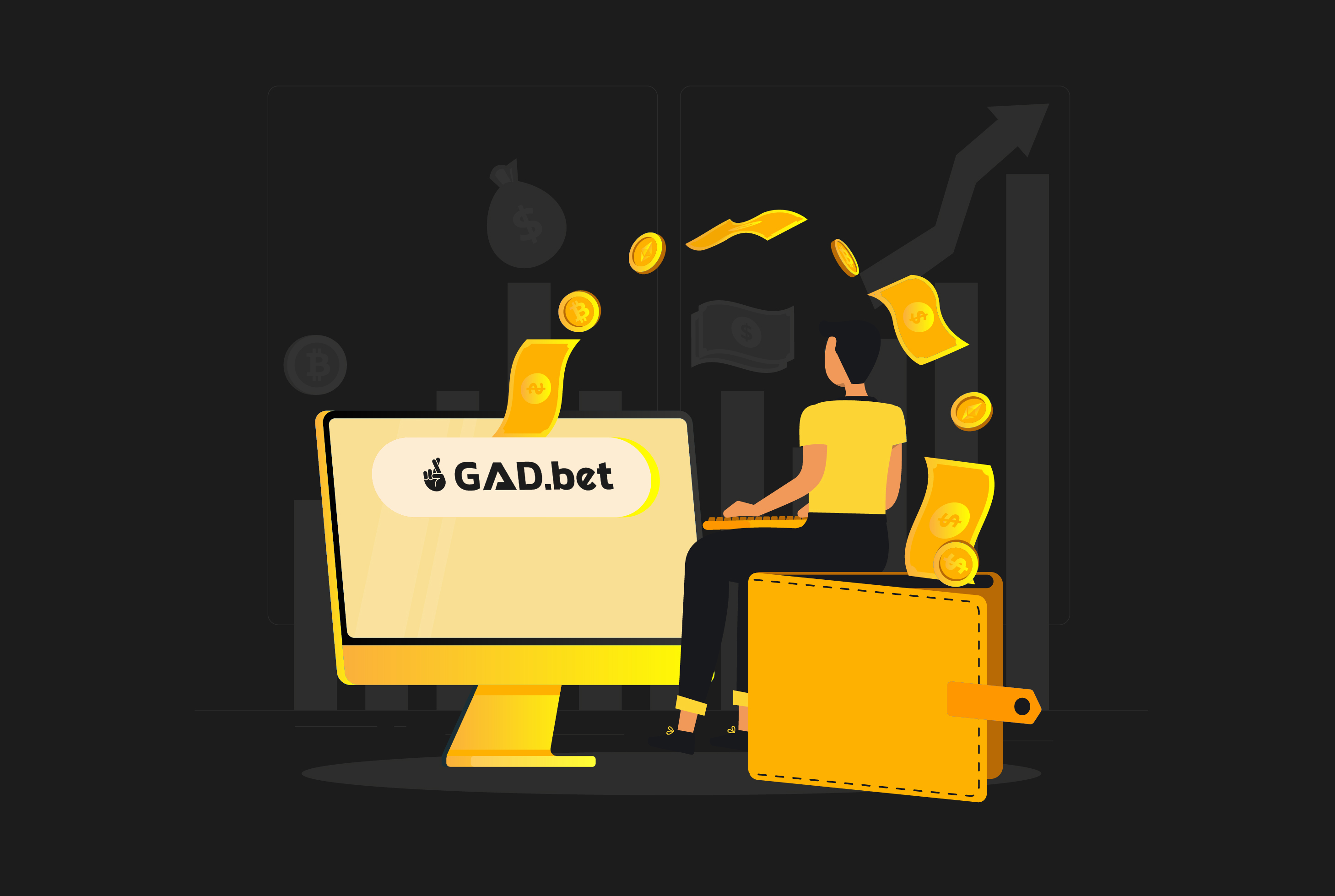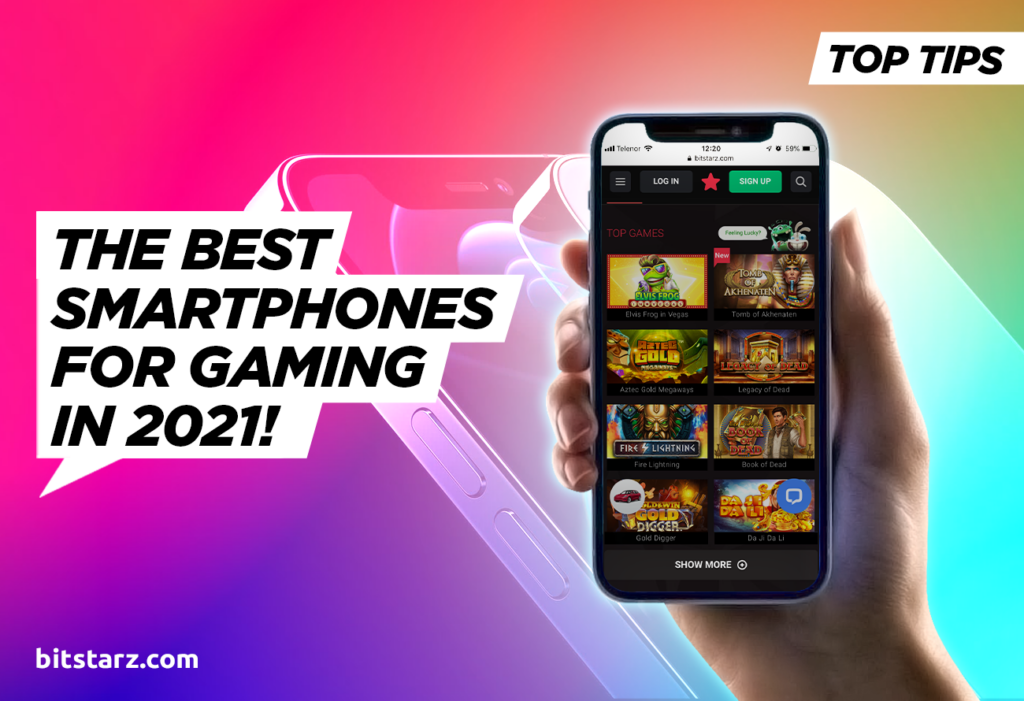Content
What is a live broadcast?

A live broadcast is the real-time transmission of audio, video, or both over television, radio, or the internet, allowing audiences to watch or listen to an event as it happens. It is different from pre-recorded content, which is produced, edited, and made available for viewing or listening at a later time.
Live broadcasts can cover a wide range of events, including news, sports, concerts, award ceremonies, political debates, and more. They often involve a team of production crew members and on-air talent, such as anchors, reporters, and commentators, who provide updates, insights, and analysis during the event. Streaming platforms and social media networks have made it easier than ever for individuals and organizations to create and share live broadcasts with audiences worldwide.
What do you need for a live broadcast?
To set up a live broadcast, you need a combination of equipment, software, and services, depending on the scale and complexity of your event. Here’s a list of essentials for a basic live broadcast setup:
- Video and/or audio source: You’ll need cameras and/or microphones to capture the visual and audio elements of your event. For a simple setup, a smartphone or webcam with a built-in microphone may suffice, but for professional broadcasts, you’ll require dedicated video cameras and microphones.
- Video switcher or mixer (optional): For broadcasts with multiple cameras or video sources, a video switcher (also known as a vision mixer) allows you to switch between them and create a seamless broadcast. Similarly, an audio mixer lets you manage and balance multiple audio inputs.
- Lighting: Proper lighting is crucial for achieving good video quality. This can range from natural light to professional lighting equipment, depending on your requirements.
- Encoding software or hardware: To stream your broadcast, you need an encoder to convert the video and audio signals into a format suitable for streaming. This can be done using software encoders like OBS (Open Broadcaster Software) or hardware encoders designed specifically for live streaming.
- Internet connection: A stable and fast internet connection is crucial for successful live streaming. Wired connections (Ethernet) are generally more reliable than wireless (Wi-Fi) connections.
- Streaming platform or CDN (Content Delivery Network): You’ll need a platform to host and distribute your live stream. Popular streaming platforms include YouTube Live, Facebook Live, Twitch, and Vimeo. For professional broadcasts, you might use a dedicated CDN to ensure higher quality and more reliable streaming.
- Computer or device: You’ll need a computer or device to manage the streaming software, monitor the broadcast, and interact with your audience (if applicable).
- Tripods or mounting equipment: To keep your cameras steady and positioned correctly, you may need tripods or other mounting equipment.
- Monitoring equipment: To check your audio and video quality during the broadcast, you’ll need headphones, speakers, or monitors.
- Production crew and on-air talent: Depending on the scale and complexity of your event, you may require a team of people to operate the equipment, direct the broadcast, and provide on-air commentary or reporting.
Remember, the specific requirements for your live broadcast will depend on your goals, budget, and the nature of your event. It’s essential to plan and test your setup thoroughly to ensure a smooth and professional live broadcast.
Where can I stream live?
There are numerous platforms where you can stream live content. Some popular options include:
- YouTube Live: YouTube’s live streaming platform allows you to broadcast live events and engage with viewers in real-time. You can stream directly from your computer, smartphone, or through an encoder.
- Facebook Live: Facebook Live enables you to broadcast live videos on your personal profile, business page, or in groups. You can stream directly from your smartphone or computer, or use external cameras and encoding software for more professional setups.
- Twitch: Twitch is a popular live streaming platform primarily focused on gaming content, but it also supports non-gaming content, such as music, art, and talk shows. You can stream from your computer or gaming console using broadcasting software.
- Instagram Live: Instagram Live allows you to broadcast live video through the Instagram Stories feature. You can only stream from your smartphone, and the content is available for 24 hours after the broadcast.
- Twitter/Periscope: Twitter’s live streaming service, Periscope, lets you broadcast live video directly from the Twitter app on your smartphone or through external cameras and encoders.
- LinkedIn Live: LinkedIn Live is a live streaming feature for professional content, such as conferences, workshops, or interviews. You need to apply for access to this feature, and once approved, you can use third-party broadcasting tools to stream live on your LinkedIn profile or company page.
- Vimeo Livestream: Vimeo Livestream is a professional live streaming platform with advanced features and tools, such as custom branding, analytics, and content management. It requires a subscription and is suitable for businesses, organizations, and professional broadcasters.
- Dailymotion: Dailymotion is a video-sharing platform that also supports live streaming. You can stream live events through the Dailymotion website using an encoder.
These are just a few examples of the many live streaming platforms available. When choosing a platform, consider factors such as audience reach, user interface, streaming quality, and monetization options. Some platforms may also have specific content guidelines, so it’s essential to ensure your broadcast adheres to their rules and regulations.
Live broadcast on YouTube
YouTube Live is a live streaming service offered by YouTube, which allows users to broadcast live video content to their subscribers and viewers in real-time. YouTube Live has become popular among content creators, businesses, and event organizers due to its ease of use and extensive reach. Here are some key features and aspects of live broadcasting on YouTube:
- Accessibility: YouTube Live is available to users with a verified YouTube account and no live streaming restrictions within the past 90 days. Users can stream using a computer, smartphone, or external devices and encoders.
- Scheduled and instant streams: You can schedule a live stream in advance to notify your subscribers, or you can start an impromptu live stream instantly. Scheduled streams allow you to create anticipation and give your audience time to plan for the event.
- Chat and audience interaction: During a live broadcast, viewers can interact with the streamer and other viewers through the live chat feature. This enables real-time communication and helps build engagement and community.
- Monetization: If you’re a member of the YouTube Partner Program, you can monetize your live streams through ads, Super Chat (paid highlighted messages), and channel memberships. This can help you generate revenue from your live content.
- Analytics: YouTube provides real-time analytics during the live stream, such as viewer count, chat rate, and playbacks. After the broadcast, you can access more detailed analytics, including watch time, audience demographics, and peak concurrent viewers.
- DVR, video quality, and latency: YouTube Live supports DVR (Digital Video Recorder) functionality, allowing viewers to pause, rewind, and catch up during the live stream. It also offers multiple video quality options (up to 4K) and adjustable latency settings, enabling you to optimize your stream for video quality or real-time interaction.
- Archiving: After the live broadcast, YouTube automatically archives the video on your channel, making it available for playback. You can choose to keep it public, unlist it, or delete it.
- Content guidelines and copyright: Live streams on YouTube must adhere to the platform’s Community Guidelines and copyright policies. Infringing content may lead to restrictions or removal of live streaming privileges.
YouTube Live is a versatile and powerful tool for sharing live content with a global audience. However, it’s essential to plan your live stream, promote it to your subscribers, and ensure you have a stable internet connection and the right equipment for a successful broadcast.
Live broadcast on Twitch
Twitch is a live streaming platform primarily focused on video game content, including gameplay, esports, and gaming-related events. In recent years, Twitch has expanded its content offering to include other categories like music, art, and talk shows. Here are some key features and aspects of live broadcasting on Twitch:
- Channels: Content creators on Twitch, known as streamers, broadcast their live streams on individual channels. Viewers can follow channels, and the streamers can build their community of followers and subscribers.
- Categories: Twitch organizes content into categories based on the game or type of content being streamed. This makes it easy for viewers to discover and explore new streams that align with their interests.
- Chat and audience interaction: Each Twitch channel has a chat room where viewers can interact with the streamer and other viewers in real-time. This fosters a sense of community and allows streamers to engage with their audience.
- Monetization: Twitch offers several monetization options for streamers, such as channel subscriptions, Bits (a virtual currency used for cheering and supporting streamers), and ads. To access these features, streamers must become a Twitch Affiliate or Partner, which requires meeting certain eligibility criteria.
- Extensions and overlays: Twitch allows streamers to customize their broadcasts with interactive overlays and extensions, providing additional functionality and enhancing viewer engagement. These can include on-screen alerts, polls, mini-games, and more.
- Video quality and latency: Twitch supports multiple video quality options (up to 1080p) and adjustable latency settings. Streamers can optimize their broadcasts for video quality or real-time interaction based on their preferences and internet connection.
- VODs and Clips: After the live broadcast, Twitch automatically archives the stream as a Video on Demand (VOD) for a limited time. Viewers can also create short clips from the live streams to share highlights with others.
- Content guidelines and policies: Twitch has a set of Community Guidelines and policies that govern the content and behavior on the platform. Violating these guidelines may result in penalties, such as temporary suspensions or permanent bans.
Twitch is an excellent platform for live streaming, particularly for gaming-related content. To succeed on Twitch, it’s essential to interact with your audience, create engaging content, and build a sense of community around your channel.
Live broadcast on VK
VK, also known as VKontakte, is a popular social media platform in Russia and other countries in the region. VK offers a live streaming feature that allows users to broadcast live video content to their followers and engage with their audience in real-time. Here are some key features and aspects of live broadcasting on VK:
- Accessibility: VK live streaming is available to users with a VK account. You can start a live stream directly from the VK website or mobile app using a computer or smartphone.
- Instant streams: Unlike some other platforms, VK focuses on instant live streaming rather than scheduled streams. This makes it easy to start impromptu broadcasts and share real-time experiences with your followers.
- Chat and audience interaction: During a live broadcast, viewers can interact with the streamer and other viewers through comments and likes. This fosters real-time communication and helps build engagement.
- Sharing and discovery: Live streams on VK can be shared with friends, posted on your profile, or added to public pages and communities. This increases the visibility of your live broadcasts and helps attract a larger audience.
- Video quality and compatibility: VK live streaming supports multiple video quality options and is compatible with a wide range of devices, including desktop computers, laptops, smartphones, and tablets.
- Content guidelines and policies: Live streams on VK must adhere to the platform’s rules and policies, including its terms of service and community guidelines. Violating these guidelines may result in penalties, such as temporary suspensions or account bans.
While VK live streaming may not be as feature-rich as some other platforms like YouTube Live or Twitch, it provides a simple and accessible way for users in its region to broadcast live content and engage with their audience. To succeed on VK, it’s essential to create engaging content, interact with your viewers, and leverage the platform’s sharing and discovery features to reach a wider audience.
Live broadcast on instagram
Instagram Live is a live streaming feature available on the Instagram platform, allowing users to broadcast live video content to their followers and engage with their audience in real-time. Instagram Live is accessed through the Instagram Stories section of the app. Here are some key features and aspects of live broadcasting on Instagram:
- Accessibility: Instagram Live is available to all users with an Instagram account. You can start a live stream directly from the Instagram app on your smartphone. Instagram Live does not currently support streaming from a computer or external devices.
- Instant streams: Instagram Live focuses on instant live streaming, making it easy to start impromptu broadcasts and share real-time experiences with your followers.
- Duration: Instagram Live broadcasts can last up to 4 hours per session. After that, you’ll need to start a new live stream if you wish to continue broadcasting.
- Chat and audience interaction: During a live broadcast, viewers can interact with the streamer and other viewers through comments, likes, and reactions. This fosters real-time communication and helps build engagement. Streamers can also pin comments to the top of the chat to highlight specific messages.
- Live Rooms: Instagram allows you to invite up to three other users to join your live broadcast, creating a multi-person live stream known as a Live Room. This feature enables collaboration, interviews, and panel discussions with other Instagram users.
- Discoverability: Live broadcasts are highlighted at the beginning of the Stories section, making it easier for your followers to discover your live stream. Instagram may also suggest your live broadcast to other users who do not follow you based on their interests and engagement.
- Archiving: After the live broadcast, Instagram automatically archives the video as an Instagram Story, making it available for playback for 24 hours. If you want to save the live video, you can download it to your device or share it to IGTV, where it will remain permanently unless deleted.
- Content guidelines and policies: Instagram Live streams must adhere to the platform’s community guidelines and terms of service. Violating these guidelines may result in penalties, such as temporary suspensions or account bans.
Instagram Live is a convenient and accessible tool for sharing live content and engaging with your audience in real-time. To succeed on Instagram Live, it’s essential to create engaging content, interact with your viewers, and leverage the platform’s features like Live Rooms and IGTV for increased visibility and content variety.
Live broadcast on Tik Tok
TikTok is a popular short-form video sharing platform that also offers a live streaming feature, allowing users to broadcast live video content to their followers and engage with their audience in real-time. Here are some key features and aspects of live broadcasting on TikTok:
- Accessibility: TikTok Live is available to users who meet specific eligibility criteria, such as having a minimum number of followers (usually 1,000) and being at least 16 years old. You can start a live stream directly from the TikTok app on your smartphone.
- Instant streams: TikTok Live focuses on instant live streaming, making it easy to start impromptu broadcasts and share real-time experiences with your followers.
- Chat and audience interaction: During a live broadcast, viewers can interact with the streamer and other viewers through comments, likes, and virtual gifts. This fosters real-time communication and helps build engagement. Streamers can also use features like Q&A to answer viewer questions and interact more directly with their audience.
- Monetization: TikTok allows users to purchase and send virtual gifts, such as coins and stickers, to support their favorite streamers during live broadcasts. Streamers can convert these virtual gifts into TikTok’s digital currency called Diamonds, which can then be exchanged for real money.
- Discoverability: Live broadcasts are discoverable within the TikTok app, making it easier for your followers and other users to find and join your live stream.
- Video quality and compatibility: TikTok Live supports multiple video quality options and is compatible with a wide range of smartphones.
- Content guidelines and policies: TikTok Live streams must adhere to the platform’s community guidelines and terms of service. Violating these guidelines may result in penalties, such as temporary suspensions or account bans.
TikTok Live is a convenient and accessible tool for sharing live content and engaging with your audience in real-time, particularly for users who already have a following on the platform. To succeed with TikTok Live, it’s essential to create engaging content, interact with your viewers, and leverage the platform’s features and discoverability to reach a wider audience.








